 The BCA Global’s 21st-Annual Cultural Awareness Salute and Black Tie Gala will be held Nov. 21, 2014, at the Crowne Plaza Times Square Manhattan in New York City to honor the achievements of people of color in the industry.
The BCA Global’s 21st-Annual Cultural Awareness Salute and Black Tie Gala will be held Nov. 21, 2014, at the Crowne Plaza Times Square Manhattan in New York City to honor the achievements of people of color in the industry.
This year’s theme of “Crossing Cultures” will focus on a deeper understanding of global diversity in the foodservice, culinary and hospitality industries. The event will provide a space for networking and dialogue about the advancement of diversity and give culinary students from around the country the opportunity to hone their skills in a real-life environment.
The gala will begin with a VIP and cocktail reception, followed by a multi-course dinner and Viennese reception. The gala dinner will give a taste of what the future holds for the foodservice industry and will be supported by educational partners and students from Johnson & Wales University, South Bronx Job Corps Academy, the Culinary Program at Brooklyn Job Corps Academy, Career Academy of NY and LI, Culinary Training Institute, New York Institute of Technology, Fed Cap Culinary Training Program and The Culinary Institute of America.
Students from different schools and different backgrounds come together in the same kitchen and cook for the gala in a noncompetitive environment, say Howard Stanford, board chair, and Alex Askew, president, BCA Global.
BCA Global (founded as the Black Culinarian Alliance) is a nationwide nonprofit, educational and networking organization of hospitality and foodservice professionals. Incorporated as a 501(c)(3) in 1998, its mission is to create exposure and provide educational and professional opportunities for culinary and hospitality professionals of color. This objective is accomplished by providing quality educational and employment resources, job coaching, mentoring and assistance with placement, and networking support.
For more information on the 21st-Annual Cultural Awareness Salute and Black Tie Gala , e-mail This email address is being protected from spambots. You need JavaScript enabled to view it.or call (212) 643 -6570. For more information on BCA Global, visit www.bcaglobal.org.
 Chef John Zehnder’s newest cookbook includes the most-requested recipes from the most-frequented restaurant in the United States.
Chef John Zehnder’s newest cookbook includes the most-requested recipes from the most-frequented restaurant in the United States.
 Dr. Mayo continues his discussion of tried-and-true and novel assessment ideas, as well as common methods whose usefulness in your program might be dated. This month he examines evaluating food preparation and dining-room service.
Dr. Mayo continues his discussion of tried-and-true and novel assessment ideas, as well as common methods whose usefulness in your program might be dated. This month he examines evaluating food preparation and dining-room service.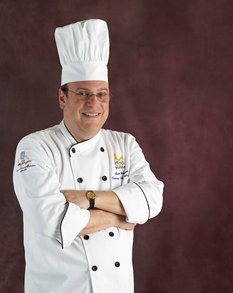 For newer culinary-arts teachers, ordering can seem a daunting task. But it’s really quite simple, says Chef Weiner, who suggests three basic ways to order for day-to-day teaching (while taking into consideration two common snags). His chief advice? Under order.
For newer culinary-arts teachers, ordering can seem a daunting task. But it’s really quite simple, says Chef Weiner, who suggests three basic ways to order for day-to-day teaching (while taking into consideration two common snags). His chief advice? Under order.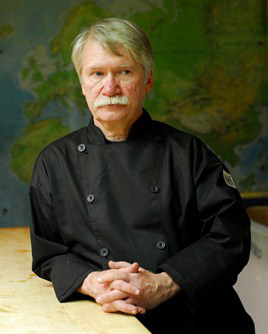 As much as our primary educational mission is to prepare students to be professionally successful in their chosen career, Chef Sorgule asserts our obligation extends far beyond: Educators have a responsibility to help mold good citizens, community leaders and honorable members of society.
As much as our primary educational mission is to prepare students to be professionally successful in their chosen career, Chef Sorgule asserts our obligation extends far beyond: Educators have a responsibility to help mold good citizens, community leaders and honorable members of society.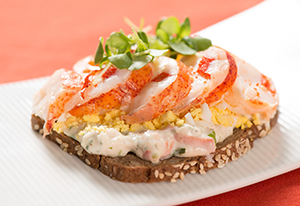 From recipes to roe, and from properly extracting meat from the shell and paring it with wines, this free online learning course from The Culinary Institute of America is suitable for culinary-arts students in class and as homework.
From recipes to roe, and from properly extracting meat from the shell and paring it with wines, this free online learning course from The Culinary Institute of America is suitable for culinary-arts students in class and as homework. A successful, time-honored business in Northern California projects saving 65% of current energy usage thanks to a new solar-energy system it recently installed, helping to shape the future of the baking industry.
A successful, time-honored business in Northern California projects saving 65% of current energy usage thanks to a new solar-energy system it recently installed, helping to shape the future of the baking industry. The BCA Global’s 21st-Annual Cultural Awareness Salute and Black Tie Gala will be held Nov. 21, 2014, at the Crowne Plaza Times Square Manhattan in New York City to honor the achievements of people of color in the industry.
The BCA Global’s 21st-Annual Cultural Awareness Salute and Black Tie Gala will be held Nov. 21, 2014, at the Crowne Plaza Times Square Manhattan in New York City to honor the achievements of people of color in the industry.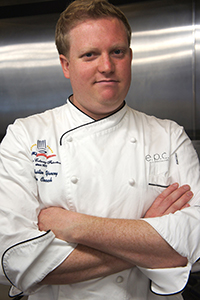 The
The 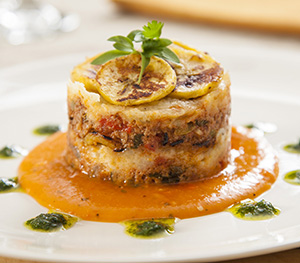 Entries in the 2014 Discover Duck Recipe Contest proved that the possibilities with duck are boundless. Concepts ranging from Latin-influenced entrées to decadent desserts and upscale state-fair favorites captured the attention of judges who awarded more than $19,000 in cash and prizes. Sponsored by Maple Leaf Farms, the annual contest challenged professional chefs and culinary students to produce original recipes showcasing Maple Leaf Farms duck. More than 260 recipes from across the country were submitted.
Entries in the 2014 Discover Duck Recipe Contest proved that the possibilities with duck are boundless. Concepts ranging from Latin-influenced entrées to decadent desserts and upscale state-fair favorites captured the attention of judges who awarded more than $19,000 in cash and prizes. Sponsored by Maple Leaf Farms, the annual contest challenged professional chefs and culinary students to produce original recipes showcasing Maple Leaf Farms duck. More than 260 recipes from across the country were submitted.